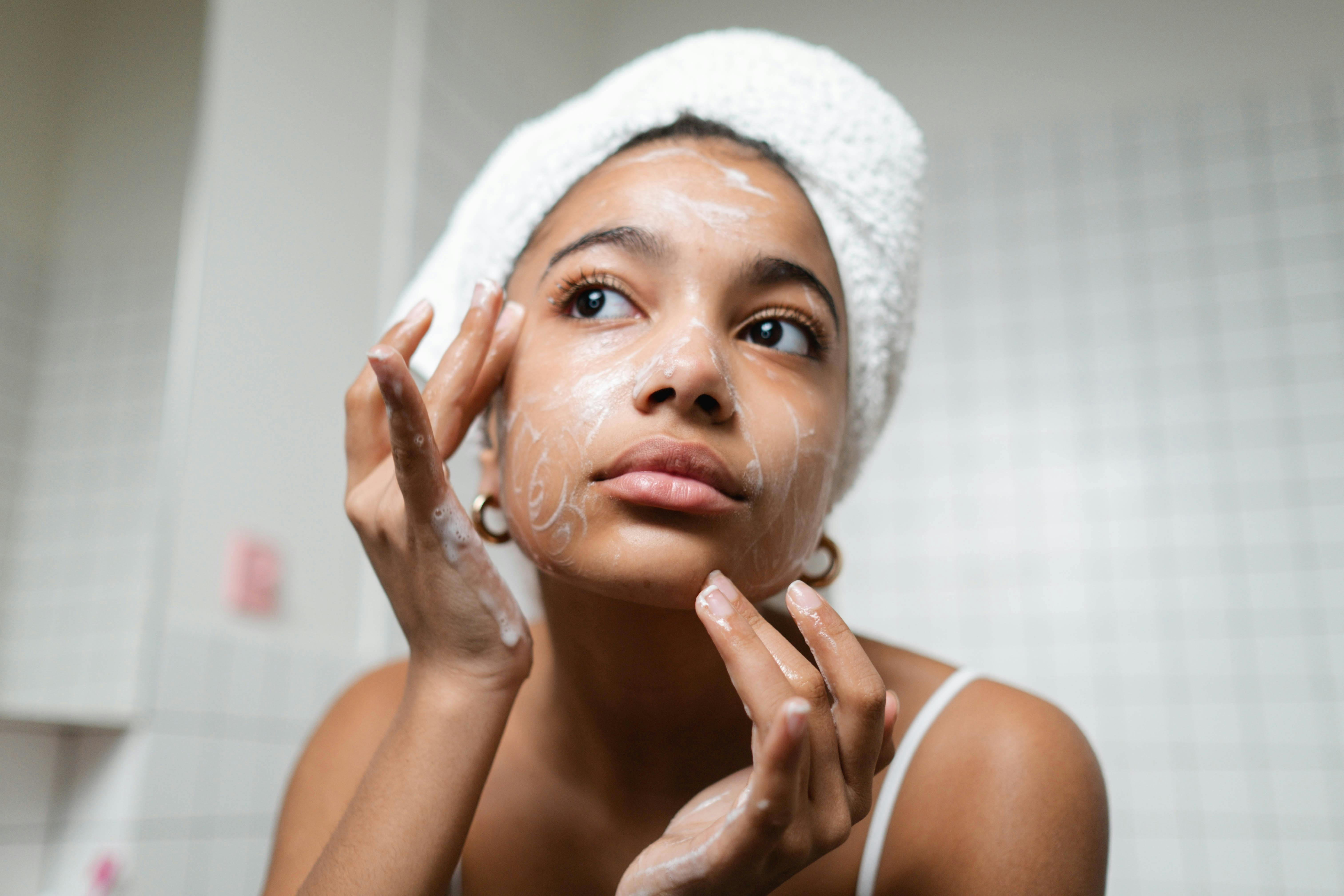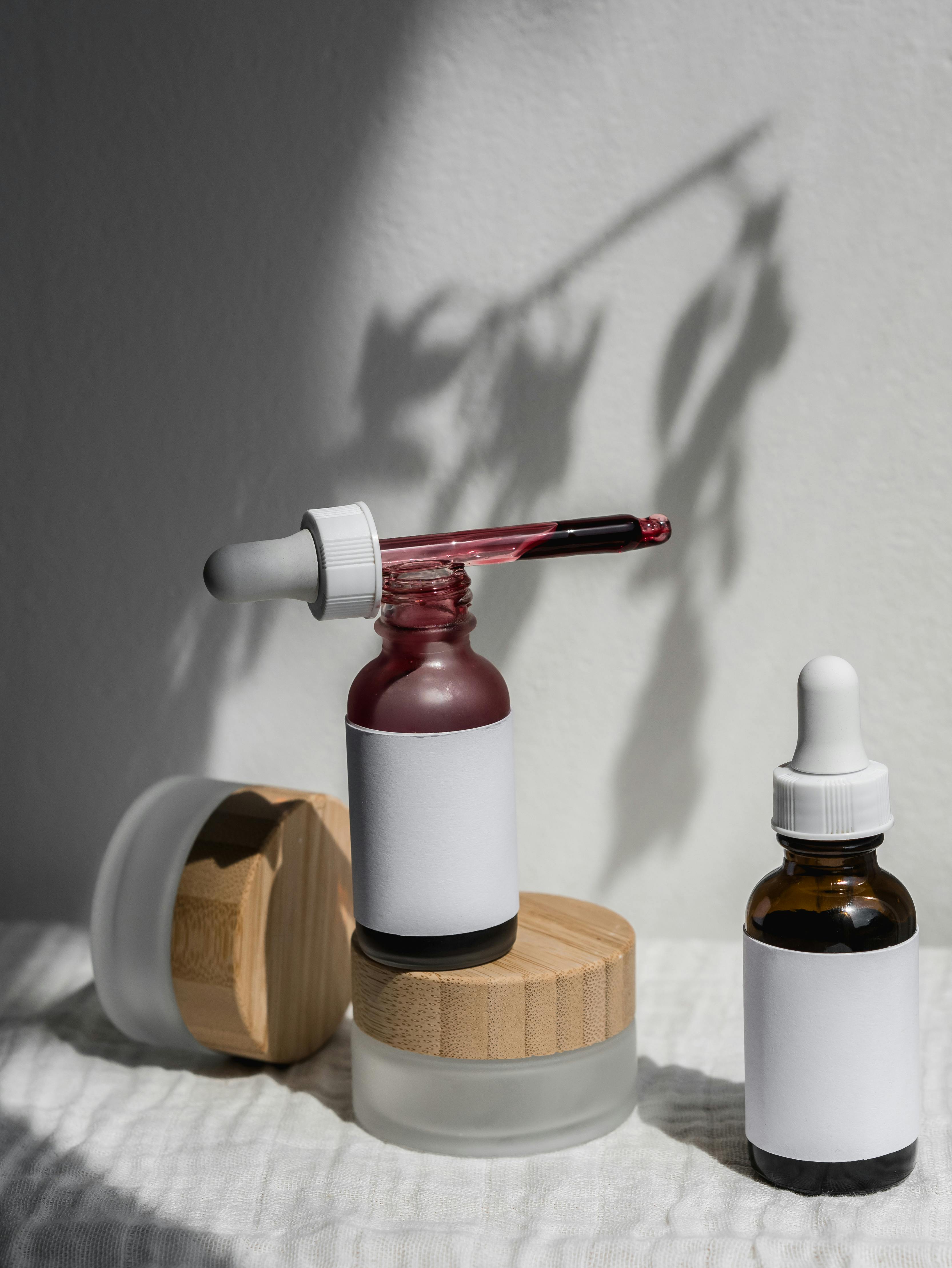3 Step Morning Routine for Oily, Acne Prone Skin
A simple 3 step morning routine for oily, acne prone skin. Learn how to cleanse without stripping, choose the right serum, and use sunscreen to prevent post acne marks.

If you have oily or acne prone skin, you most likely have a thorough night routine. You cleanse well, moisturize lightly, and expect to wake up with skin that looks hydrated and relatively matte. The reality is that on many mornings you may wake up with shine, uneven texture, redness, or even a new breakout.
A morning routine should not fix everything. It should reset, protect, and help your skin handle the day.
Step 1: Gentle low pH cleanse
The goal in the morning is not to strip the skin. A gentle cleanse removes the sweat and surface oil from the night while keeping the moisture barrier steady. When the barrier remains intact, the skin produces less oil throughout the day.
Look for a cleanser that is:
- low pH
- gel based
- non drying
- minimal fragrance or additives
Recommended cleanser: CeraVe Acne Control Cleanser
If you are dealing with active breakouts, the calming breakouts guide may be useful.
Try this:
Not sure which products your skin needs? You can take a quick 2 minute routine quiz and get suggestions based on your skin type.
Step 2: Treatment serum (niacinamide or vitamin C)
In the morning, lighter treatments tend to work better for oily or acne prone skin. The focus is on supporting the skin, not correcting it. Save exfoliants and stronger treatments for nighttime.
Niacinamide
- helps reduce redness
- regulates oil production
- layers easily under sunscreen and makeup
Recommended serum: The Ordinary Niacinamide 10% + Zinc 1%
Vitamin C (optional upgrade)
- brightens uneven tone
- offers antioxidant support
- can help fade post acne marks over time (study)
Recommended serum: CeraVe Skin Renewing Vitamin C Serum
If clogged pores and texture are your main concern, the gentle exfoliants guide may be helpful.
Step 3: Oil free sunscreen (tinted option helps with dark spots)
Sunscreen is the most important part of this routine. People with oily skin understand sunscreen matters, but finding one that does not melt off or make the skin shinier can be a challenge. When sunscreen slips away, texture and pigmentation do not improve because the skin is not consistently protected.
Look for sunscreens that are:
- oil free
- lightweight and fluid
- matte or semi matte
Recommended sunscreen: La Roche Posay Anthelios Tinted Mineral Sunscreen
Tinted sunscreen (visible light protection)
If you deal with post acne marks or redness, a tinted sunscreen with iron oxides can be even more effective. Visible light can worsen pigmentation, and iron oxides help block that.
To explore sunscreens that support fading dark spots, the sunscreen for dark spots guide offers more detail.
Order of application
- Cleanser
- Serum (niacinamide or vitamin C)
- Sunscreen
- Makeup, if you wear it
If layering ever feels confusing, the layering guide walks through a simple order that always works.
If you prefer gentle, minimalist routines:
You can take the skincare quiz and get a routine built around what you already own.
Final thoughts
A successful morning routine for oily or acne prone skin is not about fighting oil. It is about supporting the skin so it can take care of itself. Short. Predictable. Repeatable.
FAQ
Can I use niacinamide and vitamin C together?
Yes. Introduce vitamin C slowly if your skin is sensitive.
Do I need moisturizer in the morning if my skin is oily?
Not necessarily. If your sunscreen feels hydrating, you can skip moisturizer.
How long does it take to see improvement in post acne marks?
With consistent sunscreen and the right serums, most people see improvement in six to eight weeks.

